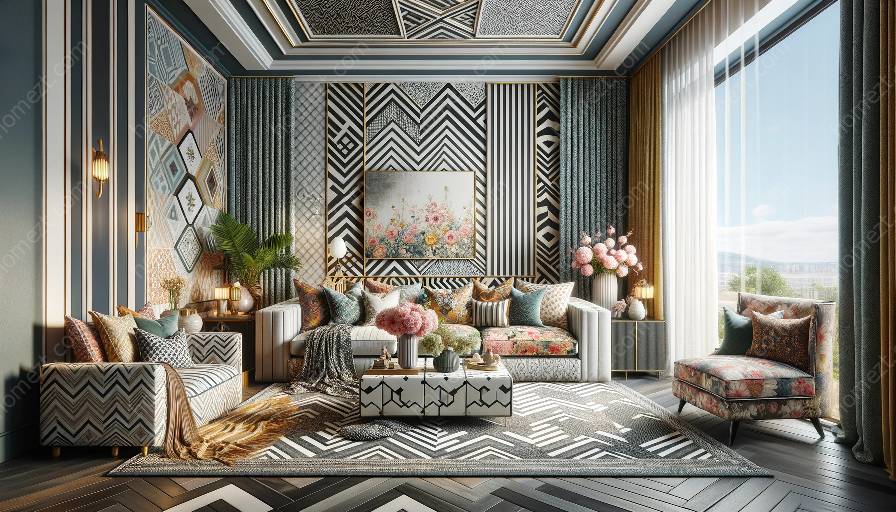Introduction:
Color is a powerful tool in design, particularly when it comes to pattern mixing and decorating. Understanding the role of color in successful pattern mixing is essential for creating visually appealing and harmonious spaces.
The Psychology of Color:
Before delving into the role of color in pattern mixing and decorating, it's important to understand the psychology of color. Different colors evoke specific emotions and moods, and they can have a significant impact on how a space feels and functions. For example, warm colors like red, orange, and yellow tend to create a cozy and energetic atmosphere, while cool colors like blue, green, and purple promote relaxation and tranquility.
Color in Pattern Mixing:
When it comes to pattern mixing, the right color combinations can make or break the overall aesthetic. Colors can either unify different patterns or disrupt the visual harmony. For instance, complementary colors, such as blue and orange or red and green, can create a visually pleasing contrast when mixed in patterns. On the other hand, using clashing colors in pattern mixing can result in a chaotic and overwhelming look.
Using color to tie patterns together is crucial in creating a cohesive and balanced design. By incorporating a common color or color scheme across different patterns, the overall visual effect can be harmonious and unified. This could be achieved through using a neutral color as a unifying element or by incorporating colors from a shared palette.
Decorating with Color:
Color plays a pivotal role in decorating, influencing the mood, ambiance, and overall aesthetic of a space. When it comes to pattern mixing in decorating, selecting the right colors is essential for achieving a coherent and visually appealing result. Using a well-thought-out color scheme can elevate the impact of pattern mixing and enhance the overall design.
Harmonizing colors in decorating involves considering the existing patterns and textures in a space. By coordinating the colors within the patterns and incorporating complementary or analogous colors, a sense of unity and balance can be achieved. This approach ensures that the visual impact of pattern mixing is enhanced rather than overpowered by clashing colors.
Bringing It All Together:
In successful pattern mixing and decorating, the role of color cannot be underestimated. By understanding the psychology of color and strategically using it to enhance patterns and decoration, a harmonious and visually engaging ambiance can be created. Whether it's through unifying colors across different patterns or coordinating colors in decorating, color has the power to transform a space and elevate the overall design.






































